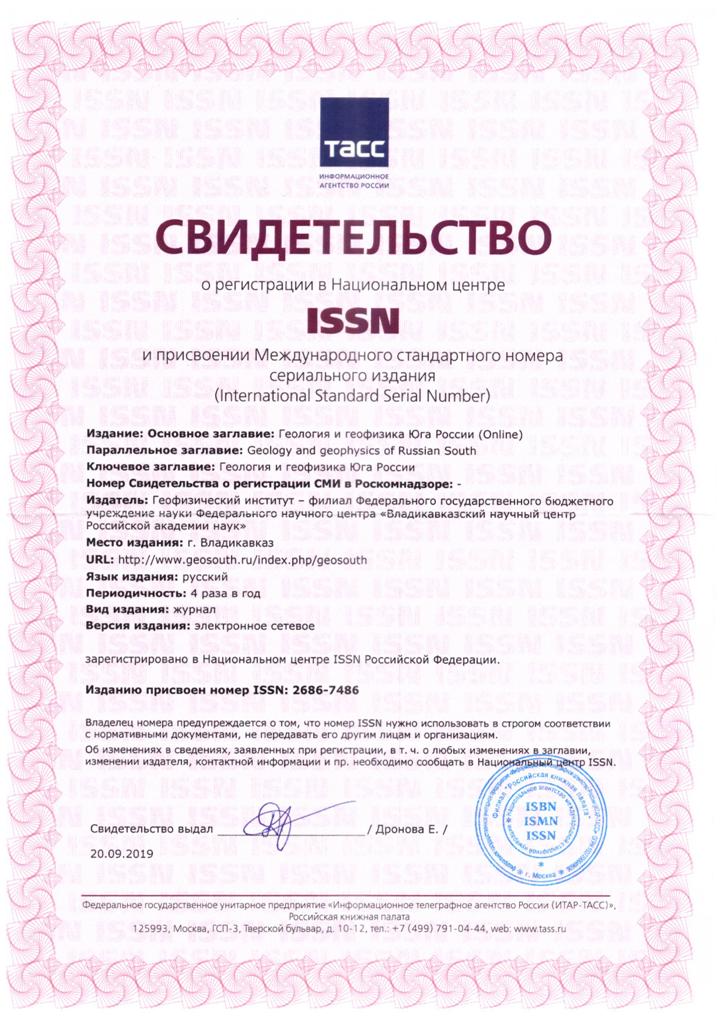Attenuation curves of seismic intensity
Abstract
Relevance. Seismic intensity is the most accurate characterization of seismic effects, as it is directly related to the damageability of construction objects. At the same time, the damageability of objects is determined by the parameters of seismic impacts. Therefore, the evaluation of intensity attenuation is very important for the design of earthquake-resistant building structures. The attenuation of seismic intensity with distance is estimated according to the macroseismic field equation. The disadvantages of this method are: 1) use of hypocentral distance; 2) description of attenuation of seismic vibration parameters by a single equation. According to empirical data, in the engineering range of seismic impacts (6 – 9 points) three zones (fault, near-field and far-field) are distinguished, in each of which seismic ground motion parameters depend differently on magnitude, focal mechanism, distance and ground conditions. The development of intensity attenuation equations devoid of these disadvantages will improve the accuracy of predictive estimates of expected seismic effects. The aim of the work is to investigate the laws of seismic intensity attenuation in different zones of the vibration field during earthquakes. Research methods – statistical analysis of empirical data on strong ground motions. Results of work – proposed attenuation equations for seismic intensity in different zones of the wave field of seismic oscillations depending on the source mechanism and ground conditions. The error of intensity estimates is 0.35 for the fault- and near-field zones and 0.40 for the far-field zone. In the fault zone, the intensity increases, reaching a maximum at some distance from the fault, at the boundary of the fault and near-field zone. Then the intensity begins to decay, which sharply intensifies at the transition to the far-field zone. In the source zone (a combination of the fault and near-field zones), the intensity increment occurs due to changes in the bearing capacity of the ground.


